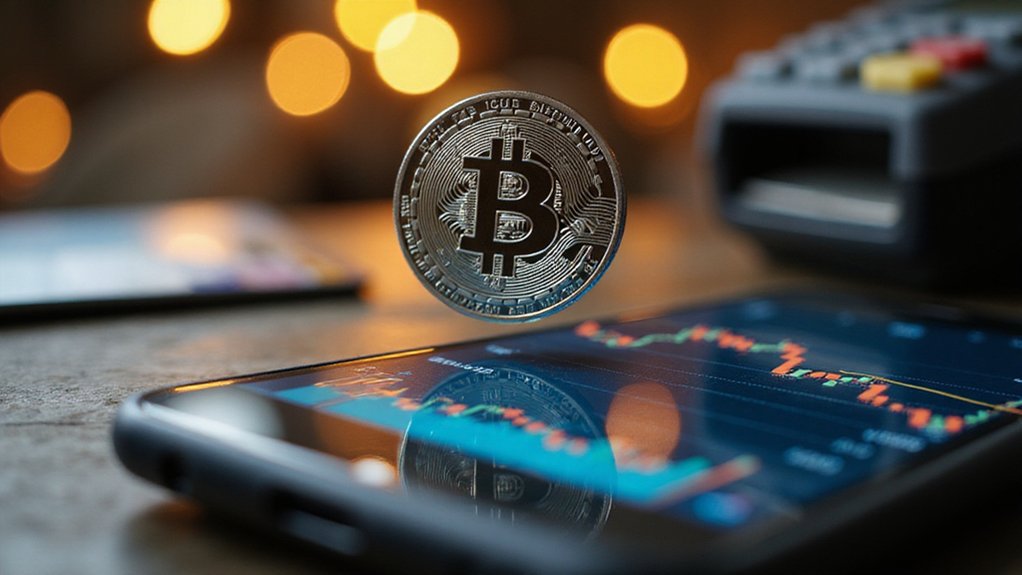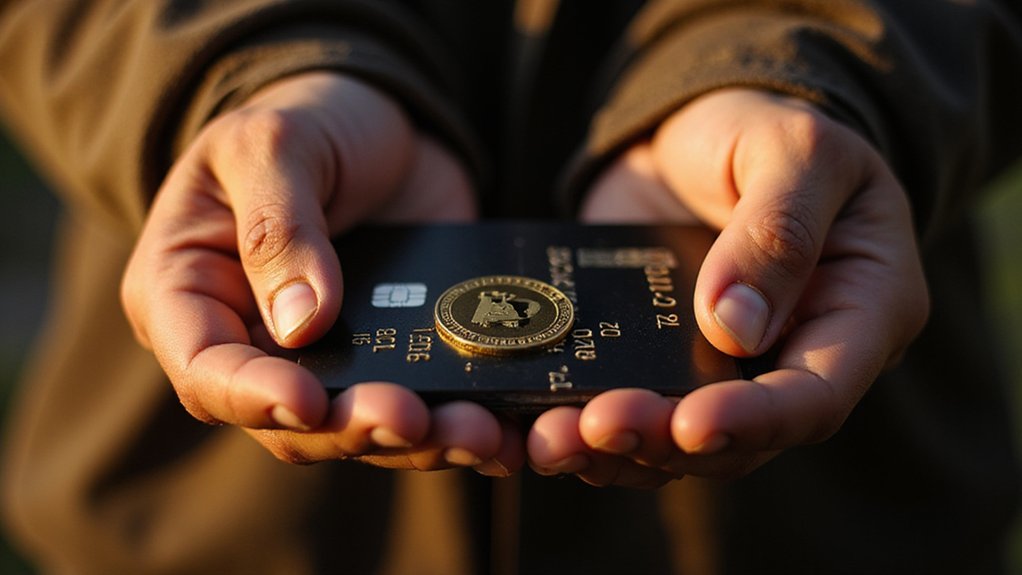While traditional banks continue to pride themselves on their glacial cross-border transfer speeds and Byzantine fee structures, Kraken has launched the Krak app—a global financial hub that treats the notion of waiting three business days for international payments as the quaint anachronism it ought to be.
The app operates across 110 countries with support for over 300 assets, blending crypto innovation with traditional finance’s familiar interface. Users can execute instant peer-to-peer payments through personalized “Kraktags”—essentially payment IDs that eliminate the need to fumble with lengthy wallet addresses or routing numbers that seem designed by committees with a fondness for numerical torture.
What distinguishes this platform from the usual fintech fare is its permissionless infrastructure built on public blockchains, enabling real-time settlements without the intermediary banks that typically extract their pound of flesh from every transaction. The system supports crypto, stablecoins, and fiat currencies, though one suspects traditional banking executives might find the absence of processing delays deeply unsettling. This approach directly addresses the challenge of financial exclusion, as over 1.4 billion adults worldwide remain unbanked under current traditional systems.
Kraken’s USDG stablecoin offers up to 4.1% APR on balances—a rate that makes traditional savings accounts appear almost philanthropically generous to banks rather than depositors. The platform extends earning opportunities to 10% on other digital assets through staking, particularly without minimum contributions or lock-up periods that banks typically employ to guarantee customer funds remain conveniently immobilized.
The app introduces dedicated spend and earn accounts, suggesting that perhaps financial management need not resemble traversing a labyrinth designed by Kafka. Future developments include physical and virtual Krak cards for global merchant spending, alongside collateral-based lending programs that bypass credit checks—presumably because one’s crypto holdings provide more reliable assessment than credit scores derived from mysterious algorithmic divination.
This technological foundation enables borderless transactions with reduced costs and friction, challenging banking norms through asset portability and interoperability. For applications requiring enhanced speed and lower costs, many users gravitate toward Layer 2 solutions that operate alongside main blockchains to process transactions more efficiently. The platform represents a significant shift toward digital-first financial systems, offering broader access to financial services while traditional institutions continue perfecting the art of making simple transfers resemble diplomatic negotiations between hostile nations.









